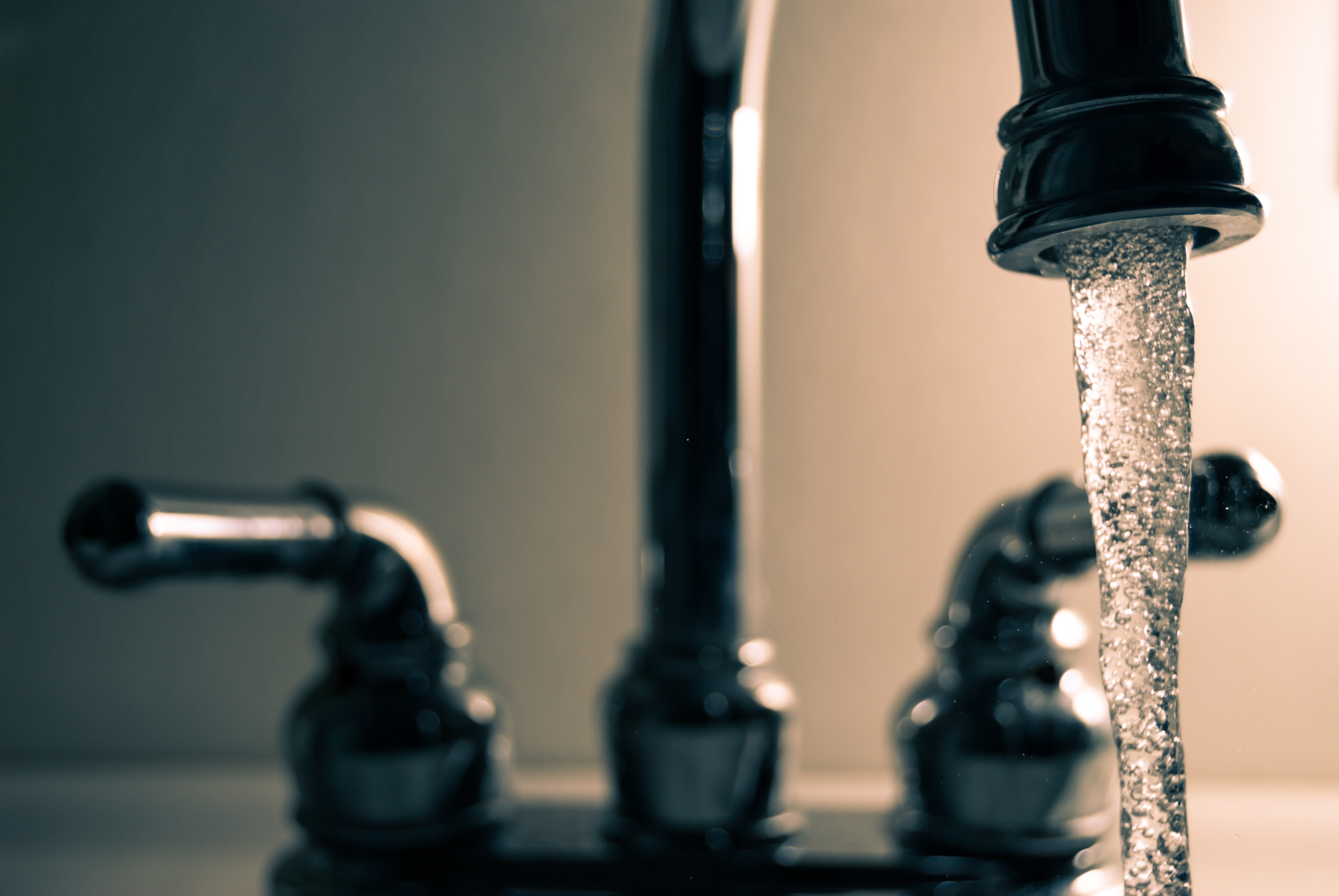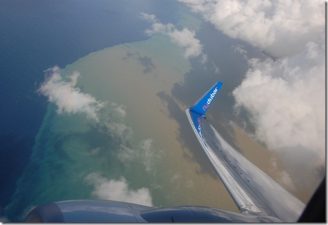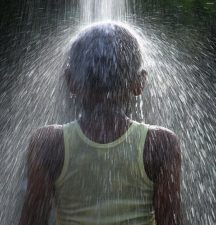In September of 2017, Orb Media, a non-profit digital newsroom based in Washington, released the results of the first scientific study on the presence of microplastics in tap water. The study tested water flowing from taps in 14 countries around the world. From New York to Uganda, microplastics were present in 83% of the samples. The challenge today is to reduce plastic pollution in water and the air. We’re not sure if installing a refrigerator water filter will do the job, but it might at least make you feel better.
What are microplastics? They’re minuscule particles of plastic that break free from all kinds of products in daily use, such as fabrics based on synthetic fibers, and from industrial waste. These particles continue splitting off into ever smaller pieces by ordinary friction – for example, in the rub and tumble of polyester-based clothes in your washer and dryer. That’s a major contributor to microplastic pollution. Or the tides grinding plastic bags against the ocean’s rocks and sand.
Microplastics originating in homes and factories get rinsed away into the water system, or are released into the air. Such as tire dust, the dust rubbed off tires in use. It enters water ways via sewers when rain rinses streets and highways. House paint and paint for industrial use erode, and their dust drifts into the atmosphere to settle on the surface of the ocean.
Plastic never goes away, it just keeps breaking down. That’s how it can enter the human body. According to the Orbs report, microplastics may erode into particles minute enough to pass through the intestinal wall and travel through the body to settle in the lymph nodes and organs.
Consider lymph nodes, those body filters that fight invading viruses and microbes. How well can they function when clogged with plastic sludge? According to the National Cancer Institute, the number of cancer cases will grow to 22 million in the next 20 years. Can it be said that microplastics in our bodies are one more factor raising today’s rampant cancer statistics?
Molly Bibngham, founder of Orb Media, says, “Scientists say they don’t really know how these microplastics reach our taps or what the health risks might be. But microplastics have been shown to absorb toxic chemicals from the marine environment, and then release them when consumed by fish and mammals.”
In other words, microplastics are like sponges for toxins from sewage, industrial chemicals, pesticides, and other pollutants in the oceans. Fish absorbing the toxin-laden microplastic particles pass them back to us when we eat the fish. This news isn’t new. Studies have been conducted on the topic for years, such as this one, published in 2013. We reported on deaths of marine creatures from plastic pollution back in 2011.
What about meat from animals who drank water polluted with microplastics? Or even vegetables irrigated with such water? And ultimately, how is plastic already affecting the billions of adults and children who absorb the invisible particles in their drinking water – inhale them with every breath?
The scenario looks dire, but there’s hope. The Orb Media investigation has raised red flags with environmental scientists around the world. Movements such as The Story of Stuff Project got microbeads banned from consumer products in the US in 2015. You can do your bit too.
Examine labels on cosmetic products – if they contain polyethylene, polypropylene, polyethylene terephthalate or polymethyl methacrylate, they contain plastic. If you can, buy clothes made from natural cotton, wool, hemp, linen and silk fabrics. Wash laundry less often (use your bath towel at least twice, for example).
Take the plastic supermarket bags you already have to the store and re-use them, instead of putting your purchases into new ones. Never mind looking like an eco-nut; soon recycling bags at the store will be mainstream.Take your own mug or drinking glass to work or school, instead of using disposable cups. Buy a metal straw or two so you won’t be tempted to pull out a plastic one out when you buy a drink.
You get the idea. Choose the natural over the synthetic; reuse what plastics you have. It would take an unprecedented, globally coordinated effort for individuals to make a difference, but at least, you’ll be setting an example. The best thing you can do is educate yourself and make your voice heard via petitions and trustworthy bodies dedicated to reducing plastic pollution. Spread the word.




